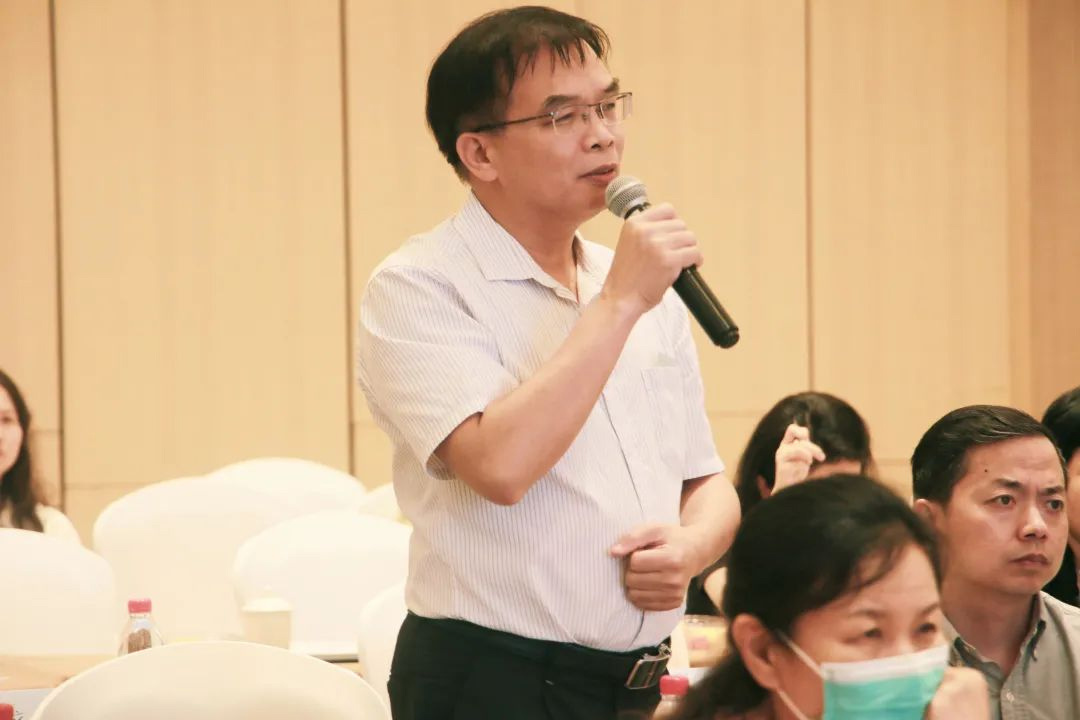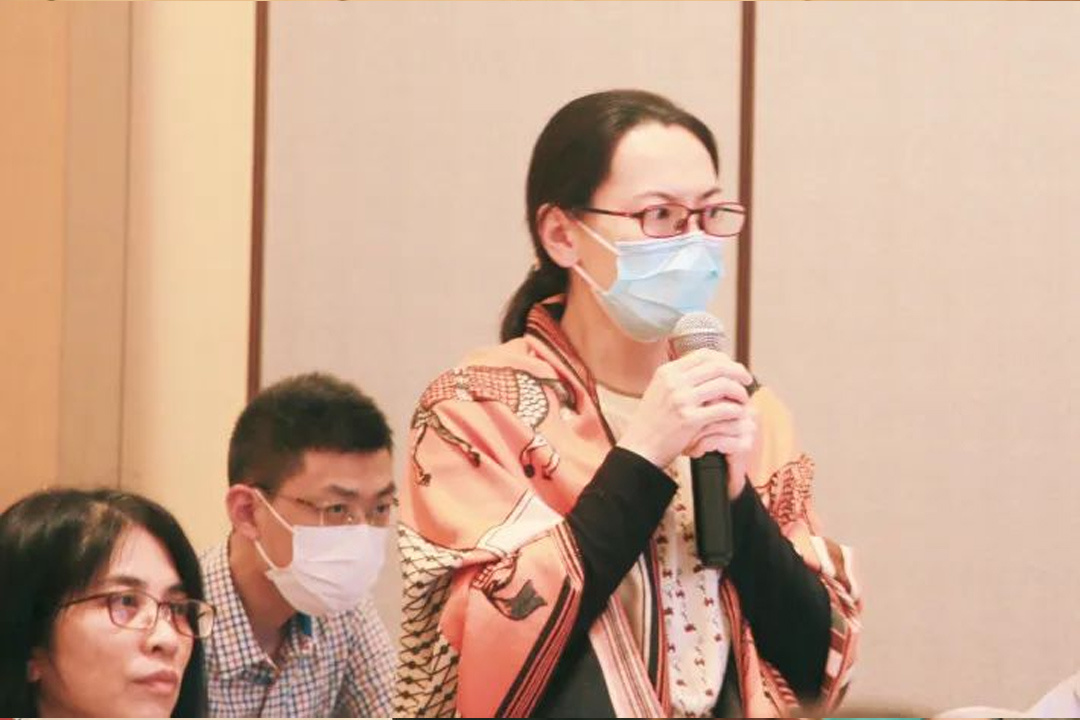Die große Einführung der vierten Guangdong FCVB-Konferenz für Kompetenzen und Standard-Case-Sharing sowie der FCVB-Produkt liste der dritten Generation!
Zeit: May 21,2023
Am Abend des 19. Mai 2023 fanden im Guangzhou Huangpu Junlan Hotel die vierte Guangdong FCVB Skills and Standard Case Sharing Conference und die Einführung des FCVB-Produkts der dritten Generation statt. Viele prominente Experten auf dem Gebiet der Augen heil kunde versammelten sich offline und online, um über die neue Technologie von Foldable Capsule Vitreous Body (FCVB) zu diskutieren. Sie erlebten das schillernde Debüt des FCVB der dritten Generation und freuten sich auf seine zukünftige gemeinsame Entwicklung!
On the evening of May 19, 2023, the Fourth Guangdong FCVB Skills and Standard Case Sharing Conference and the Launch of the Third Generation FCVB Product was grandly held at the Guangzhou Huangpu Junlan Hotel. Many prominent experts in the ophthalmology field gathered offline and online to discuss the new technology of Foldable Capsule Vitreous Body (FCVB), witnessing the dazzling debut of the third-generation FCVB and looking forward to its future development together!
The conference was conducted simultaneously offline and online, with approximately 50 professors participating offline, and the online live stream reached a peak of 2,193 concurrent viewers. During the conference, the cumulative number of viewers reached about 3,346, covering more than 25 regions.
Gathering of Stars · Brilliant Constellation

The conference specially invited Professor Wang Zhenfang, Professor Zheng Yongxin, and Professor Li Tao from Zhongshan Ophthalmic Center, Sun Yat-sen University, to serve as conference chairs. It also invited Professor Ma Zhizhong from Peking University Third Hospital, Professor Yan Hua from Tianjin Medical University, and Professor Lin Xiaofeng from Zhongshan Ophthalmic Center, Sun Yat-sen University, as distinguished guests. Professors Zhang Liang from Guangdong Provincial People's Hospital, Long Chongde from Zhongshan Ophthalmic Center, Sun Yat-sen University, Chen Haoyu from Shantou International Eye Center, Du Shaolin from Dongguan Donghua Hospital, Lou Bingsheng from Zhongshan Ophthalmic Center, Sun Yat-sen University, Feng Songfu from Zhujiang Hospital, Southern Medical University, and former Professor Gao Qianying from Zhongshan Ophthalmic Center, Sun Yat-sen University, were invited as speakers.
Additionally, the conference invited Professor Chen Minyu from Dongguan People's Hospital, Professor Huang Yujian from Foshan Second People's Hospital, Teacher Xu Zhicong from Guangdong Provincial People's Hospital, Professors Li Rui Zhuang and Zhang Qiuli from Guangdong Medical University Affiliated Hospital, Professor Hu Qiuming from Nanning Jingliang Ophthalmic Hospital, Professors Chen Qi, Cui Ling, Li Min, Lv Mingliang, Zhao Xin, and Zhong Haibin from Guangxi Zhuang Autonomous Region People's Hospital, Professor Zhang Jinglin and Professor Chen Qianyin from Guangzhou Aier Ophthalmic Hospital, Professor Leng Yunxia from Guangzhou First People's Hospital, Professor Liang Xuemei from Nanning Aier Ophthalmic Hospital, Professor An Meixia from the Third Affiliated Hospital of Southern Medical University, Professors Shi Tingkun and Xia Honghe from Shantou International Eye Center, Professor Liu Shenwen from Shenzhen Ophthalmic Hospital, Professor Huang Houbin from Hainan Hospital of PLA General Hospital, Professors Huang Danping, He Liwen, Yuan Zhaohui, and Zhong Liuxueying from Zhongshan Ophthalmic Center, Sun Yat-sen University, and Professor Yang Xinhuai from Xiaolan People's Hospital, Zhongshan City, to attend the conference. (Arranged alphabetically by the first letter of the hospital name)
Launch of the Third Generation FCVB Product
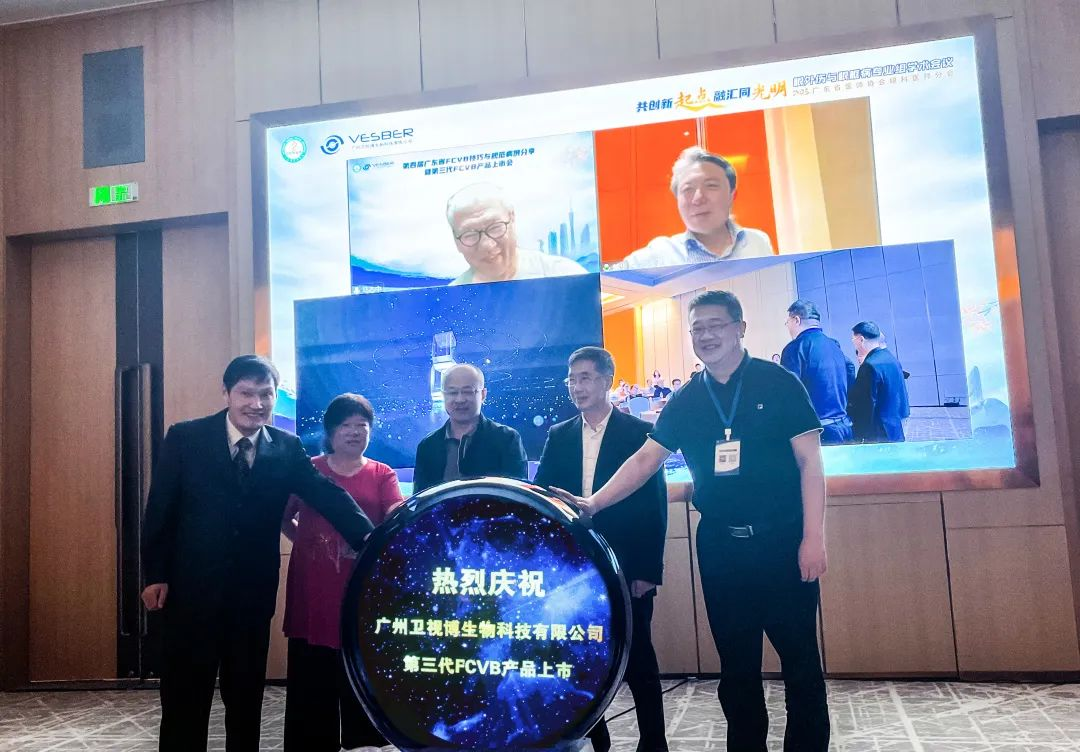
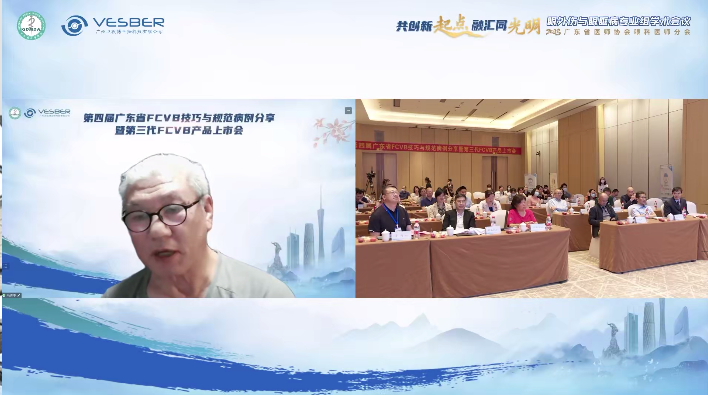
Professor Ma Zhizhong's Speech
Professor Ma expressed his regret for not being able to attend the grand event in person, while also feeling relieved that Professor Gao's persistent and hard work finally led to the development of the third-generation FCVB. Professor Ma is well aware that the third-generation FCVB has undergone rigorous scientific experiments, and he is very excited to see the leapfrog progress brought by the third-generation FCVB, with the product having a significant application space. He looks forward to allowing more people to enjoy the fruits of this medical civilization. Finally, Professor Ma conveyed his best wishes to Vesber Company, hoping that the company will continue to build on its success and develop more products beneficial to patients!
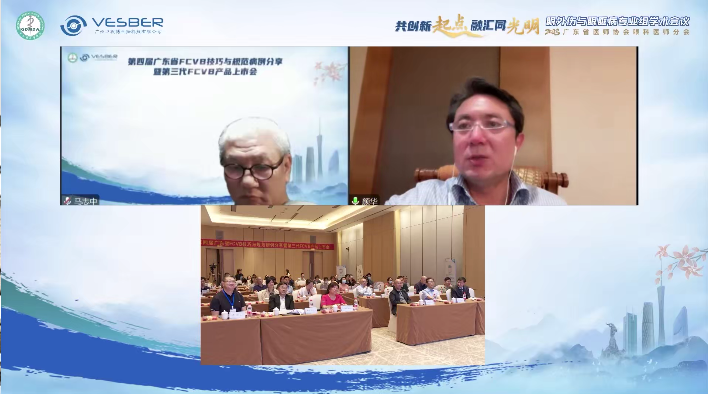
Professor Yan Hua's Speech
Professor Yan started by responding to the national call, mentioning how scientific research can be transformed and how ethnic enterprises can exert their efforts, highlighting that FCVB is a very significant technological innovation product developed by our ethnic enterprises. She also mentioned that Professor Gao is a model of entrepreneurship for his courage to innovate. FCVB, as a globally pioneering product, can be practically applied in clinical settings to solve real problems, and she also hopes that experts will continue to provide suggestions to promote the continuous improvement of FCVB. Finally, Professor Yan hopes that Vesber can develop more good products to meet the needs of patients and address the pain points of doctors, and she extends her best wishes for the successful conclusion of the conference!
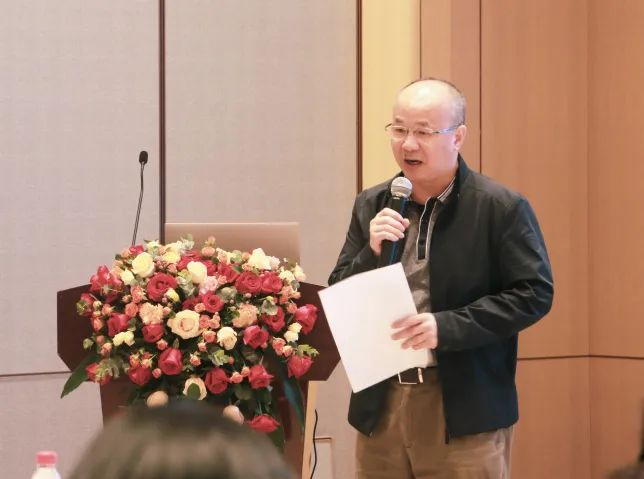
Professor Lin Xiaofeng's Speech
As the doctor who performed the first global FCVB surgery, Professor Lin expressed a deep affection for the innovative product FCVB and also admired Professor Gao's "scientist" spirit of continuous improvement and innovation. FCVB is the result of all experts continuously solving technical problems, colliding ideas, and summarizing, making it a model product that combines academic research with clinical application, and also the crystallization of the collective wisdom of Chinese ophthalmologists. Looking forward to Vesber continuing to develop more good products through this model in the future to benefit patients!

Professor Gao Qianying's Speech
Professor Gao first expressed his heartfelt gratitude to all the professors for their support! FCVB has undergone seventeen years of research and development, with the second-generation FCVB product officially launched in 2017, serving more than 4,000 patients. FCVB has been continuously optimized under the leadership of the Chinese Medical Association's Ocular Trauma Group and Retinal Disease Group, and with the feedback and suggestions from professors using the second-generation FCVB product, successfully developed the third-generation FCVB product, which obtained clinical use approval from the National Medical Products Administration in April 2023. In the future, it is hoped that under the leadership of the Chinese Medical Association's Ocular Trauma Group and Retinal Disease Group, the use of FCVB products will be standardized, bringing more benefits to patients still receiving repeated silicone oil injections and facing eyeball removal.
The Fourth Guangdong FCVB Skills and Standard Case Sharing Conference
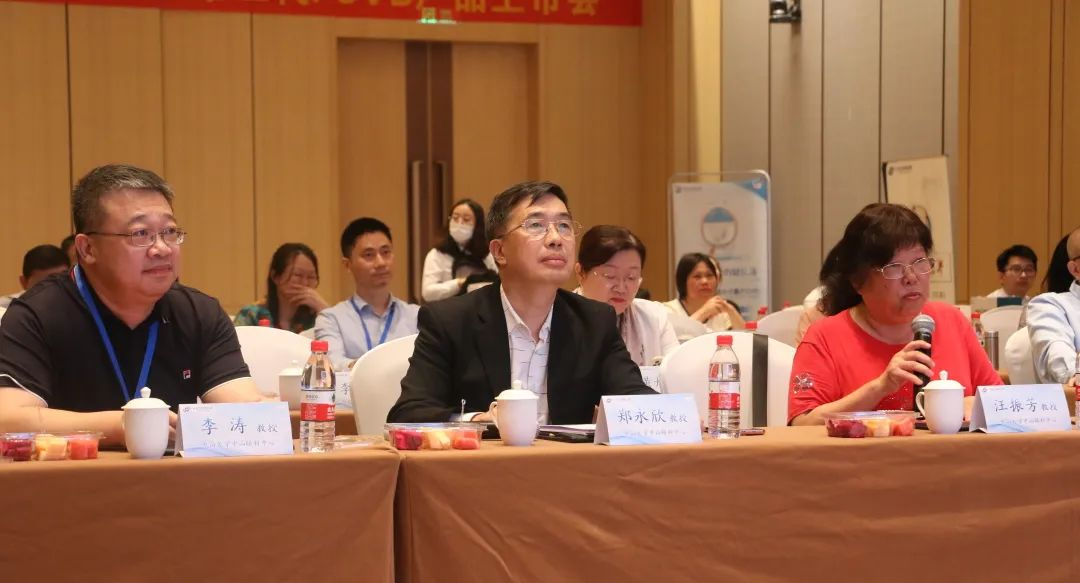
At the beginning of the conference, the conference chairs, Professors Wang Zhenfang, Zheng Yongxin, and Li Tao, delivered opening remarks. Professor Wang mentioned that FCVB has gone through a long development process and has preserved the eyesight of more than 4,000 patients, and he believes that the third-generation FCVB will also better serve patients and bring better postoperative results. Professor Zheng noted that this conference has gathered many prominent experts, and he looks forward to them pooling their wisdom to provide new technical guidance for FCVB. Professor Li expressed the hope that the experts will share their experiences with each other to provide technical assistance for their future clinical work.
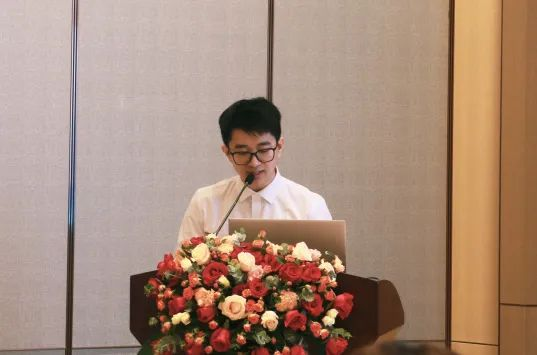
Dr. Xu Zhicong
"The Quest for the Redemption Light of Artificial Vitreous Body"
Following that, various professors presented their insightful academic shares. Dr. Xu represented Professor Zhang Liang to share a case study of a 34-year-old male patient who was injured in his left eye by a stick in 2021. He had undergone emergency suturing and was admitted for further examination one month later, which revealed a ruptured eyeball, corneal laceration, scleral laceration, retinal detachment, choroidal detachment, and other injuries. The patient received vitrectomy and silicone oil treatment. Postoperative follow-up showed silicone oil displacement, and to avoid complications such as corneal band-like degeneration, FCVB was implanted. However, due to the severe condition of the eye, postoperative eyeball atrophy occurred. Therefore, Dr. Xu proposed to discuss the complications that may arise after the implantation of FCVB.
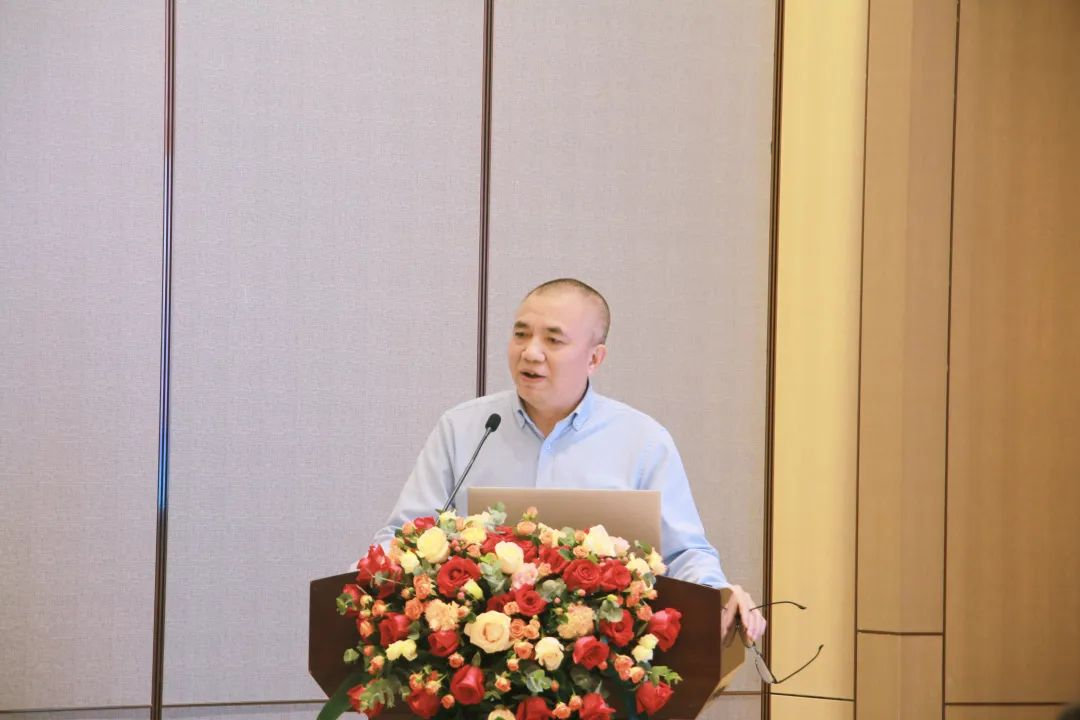
Professor Long Chongde
"Case Sharing of FCVB Implantation in Artificial Lens Eyes"
Professor Long shared two case studies. The first case was a 55-year-old male who came to the hospital with recurrent dark shadows in front of his right eye for 5 days. He was diagnosed with recurrent retinal detachment and artificial lens in the right eye. After FCVB treatment, the stable condition and good effect can be seen through the postoperative regular follow-up photographs of the anterior segment of the right eye, the fundus of the right eye, and facial photography.
The second case was a 27-year-old male who was hit in the right eye by a metal fragment in 2013, resulting in intraocular foreign body and lens dislocation, and had undergone intraocular silicone oil filling for 6 years. Preoperatively, the right eye had an IOL in place, with visual acuity of light perception/positioning inaccurate, and intraocular pressure of 6.7 mmHg. Two months postoperatively, the right eye IOL was still in place, with visual acuity of hand motion/in front of the eye, intraocular pressure of 7.3 mmHg, clear cornea, and adequate anterior chamber depth. Finally, Professor Long raised a discussion point: Is it necessary to remove the artificial lens before implanting FCVB?
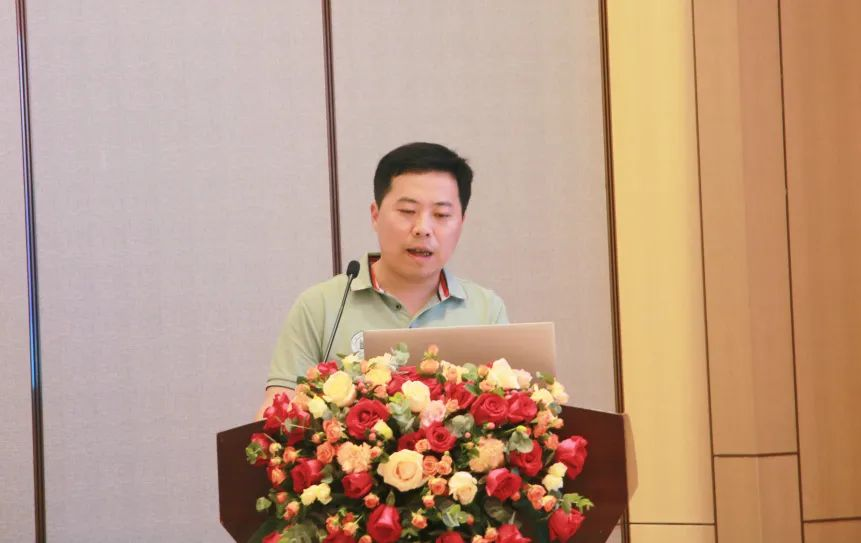
Professor Chen Haoyu
"The Application of Intercepting Sutures in FCVB Implantation Surgery"
Professor Chen shared a case study of a 34-year-old male who, two months after left eye trauma surgery, noticed that his eyeball had become smaller after one month. Upon admission, he was diagnosed with left eye atrophy, silicone oil eye, proliferative vitreoretinopathy, recurrent retinal detachment, corneal band-like degeneration, aphakia, and other conditions. After providing the patient with a detailed examination, an appropriate FCVB balloon model and silicone oil volume were selected, and systemic hormones and local medications were administered postoperatively. The postoperative intraocular pressure was low, so he underwent a "left eye anterior chamber washout combined with anterior chamber viscoelastic agent injection and anterior chamber medication (triamcinolone acetonide) procedure." Due to the chaotic intraocular tissue and severe inflammation, which led to iris and ciliary body dissolution, the intraocular pressure could still be maintained at 5-6 mmHg under the remaining ciliary body. Professor Chen was relatively satisfied with the patient's intraocular pressure, anterior chamber depth, and appearance.

Professor Du Shaolin
"The Arduous Journey of Highly Myopic Patients"
Professor Du introduced the relevant data background of high myopia and shared a case study of a 40-year-old male patient with high myopia and retinal detachment in both eyes. Since 2017, he had undergone multiple surgeries related to his right eye at another hospital, with the right eye receiving repeated silicone oil injections five times. To reduce the patient's suffering from repeated surgeries, FCVB treatment was implanted for him in 2021. One year postoperatively, his right eye had a visual acuity of CF/20cm, an intraocular pressure of 9.0 mmHg, and the iris NV had regressed without reappearing. Finally, Professor Du mentioned the core principles for handling certain complications: local anti-inflammatory measures and deepening the anterior and posterior chambers with viscoelastic agents. He also advocated for basic and clinical research to clarify the mechanisms and enrich the evidence-based diagnostic and therapeutic practices.
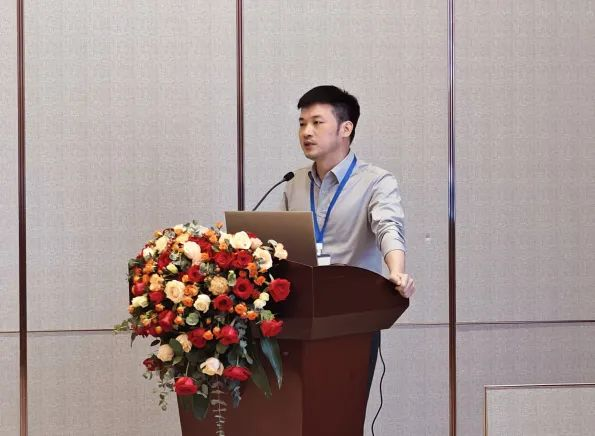
Professor Lou Bingsheng
"Discussion on the Evaluation of Balloon Position after FCVB Implantation"
Professor Lou mentioned that the implantation of FCVB preserves the structure and appearance of the eyeball in severe ocular trauma cases and illustrated the use of UBM to assess the intraocular position of the FCVB balloon through case studies. He concluded that UBM can evaluate the position of the balloon and its anatomical relationship with the anterior segment of the eye; the balloon may shift forward or tilt after FCVB surgery, but this does not cause ocular discomfort; the position of the balloon within the eye may dynamically change after FCVB surgery; the forward movement of the balloon and its contact/pressure with the ciliary body are associated with corneal edema after FCVB surgery; and contact/pressure between the balloon and the ciliary body may affect ciliary body function.
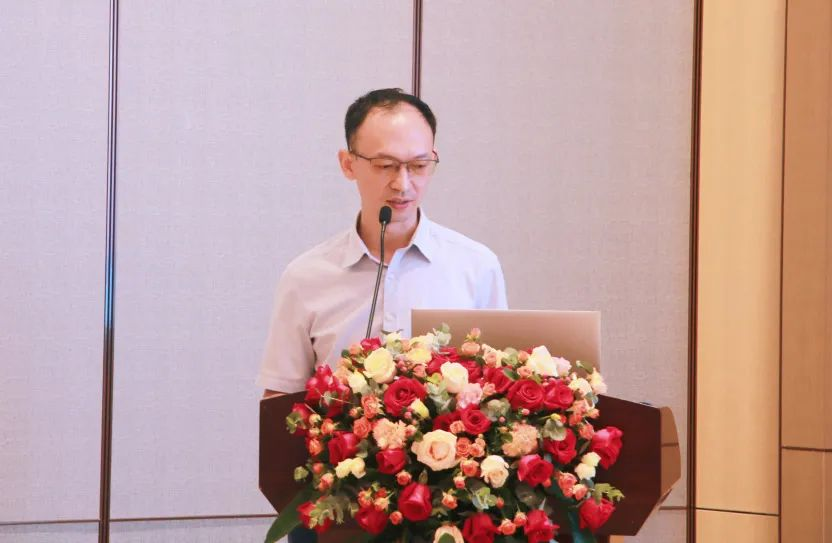
Professor Feng Songfu
"The Success and Failure of FCVB - Initial Experience with FCVB Application"
Professor Feng summarized the situations of the 5 cases he had handled, reflecting on the gains and losses, and raised points for discussion: the timing of FCVB implantation after trauma; preoperative assessment of ciliary body function; adequate hemostasis during surgery and how to promote the absorption of anterior chamber hemorrhage postoperatively; the appropriate selection of FCVB size; and how to reduce the chance of corneal blood staining, etc., sparking discussions among the experts.

Professor Gao Qianying
"Using 3D Reconstruction to Accurately Predict FCVB Model and Silicone Oil Volume"
Professor Gao explained the necessity of conducting 3D reconstruction and CT scans preoperatively for FCVB due to individualized trauma, the spatiotemporal changes after trauma, and the inaccurate measurement of the axial length of silicone oil eyes. The 3D reconstruction and precise selection of FCVB should follow the operation as outlined in the fourth edition of the Doctor's Pocket Book (computer 3D reconstruction) + (CT horizontal position and IOLMaster), and he introduced the 3D reconstruction results of 253 patients, as well as excellent cases conducted by multiple professors.
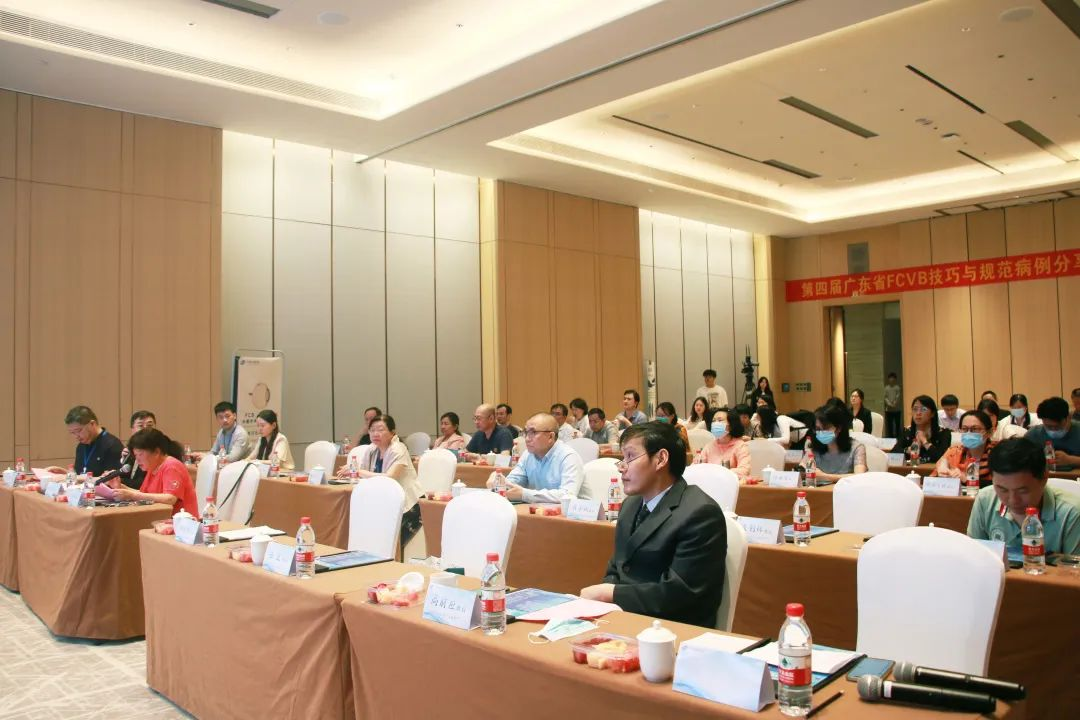
The participating experts engaged in heated discussions, creating a strong academic atmosphere. Through this conference, the experts gained deeper insights into how to better treat patients with FCVB, which plays a crucial role in treating severe ocular trauma and silicone oil-dependent eyes. When desperate patients hear that FCVB can preserve their eyeballs and thus regain hope; when patients remove their bandages and rejoice at regaining their sight, it is believed that a glimmer of hope will also bring new possibilities—this is the greatest significance of FCVB, independently developed and produced by Chinese ophthalmologists, embodying the collective wisdom of ophthalmologists nationwide.
The development of global innovative products is not easy, and we are grateful for the companionship and encouragement of everyone along the way. In the future, Vesber will remain true to its original aspirations, inherit the essence, continue to innovate, and forge ahead. This is the best of times, and we are writing our own story in Chinese ophthalmology!
For more highlights, please scan the QR code to watch the live replay

Am 16. September Dr. Peter Stalmans, MD, PhD, der Leiter der Abteilung für Augen heil kunde am Universitäts klinikum der medizinischen Fakultät der KU Leuven, Belgien, Der FCVB der dritten Generation wurde erstmals erfolgreich eingesetzt, um einem Patienten mit einem schwer verletzten Auge infolge einer schweren Augen verletzung einen Ballon zu implantieren und den atrophie rten Augapfel zu erhalten.
09/18
Am Nachmittag des 24. September 2024 veranstaltete das Innovations zentrum China-Europa (Duisburg) in Duisburg eine "Innovative Ophthalmic Technology Cooperation Conference" und eine Begrüßung veranstaltung für neue Projekte.
09/27
Vesber nimmt am 24. Euretina-Kongress teil, wobei FCVB & FCB New Technologies Lob erhalten!
Vom 19. bis 22. September, einer der größten Fach konferenzen auf dem Gebiet der Forschung und Behandlung von Netzhaut erkrankungen, wurde das 24. Jahres treffen der Europäischen Gesellschaft für Retina-Spezialisten (EURETINA 2024) in Barcelona, Spanien, erfolgreich abgeschlossen. Auf dieser internat ionalen jährlichen akademischen Spitzen konferenz präsentierte Vesber seine innovativen Produkte, den Faltbaren Capsular Vitreous Body (FCVB) und den Faltbaren Capsular Buckle (FCB), und zog Experten aus verschiedenen Ländern an, um über neue Technologien zur Behandlung von Augen verletzungen und Netzhaut ablösung zu diskutieren und eine sehr lebendige Atmosphäre vor Ort.
09/25
Um die nationale Blaupause für den Aufbau eines neuen Entwicklungs musters, die Beschleunigung der Weiterentwicklung der Strategie für gesundes China und den Bau der Gesundheits seidenstraße weiter umzusetzen, wurde die "Pekinger Gesundheits konferenz 2024" vom Internat ionalen Austausch-und Kooperations zentrum der Nationalen Gesundheit akribisch organisiert Kommission, Wurde vom 9. bis 11. August im Beijing National Convention Center eingeweiht.
08/13
Vesber nimmt am Retina China 2024 Kongress teil-Höhepunkte und Schlüssel momente!
Vom 26. bis 29. Juni 2024 fanden in der malerischen Stadt Wuxi in der Provinz Jiangsu die akademische Austausch konferenz für Netzhaut erkrankungen und das internat ionale Retina-Symposium 2024 erfolgreich statt. Diese Konferenz brachte über 300 führende Augen experten und Wissenschaftler aus dem In-und Ausland zusammen, um die neuesten Forschungs fortschritte, Behandlungs technologien und klinischen Probleme auf dem Gebiet der Netzhaut erkrankungen zu diskutieren. Als maßgebliche akademische Austausch plattform auf dem Gebiet der Netzhaut erkrankungen in China nahmen mehr als 8.000 Ärzte und Unternehmens vertreter aus dem ganzen Land an dieser großartigen Veranstaltung teil.
06/30




